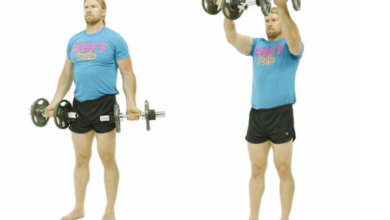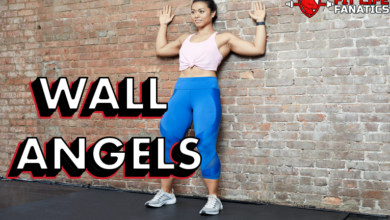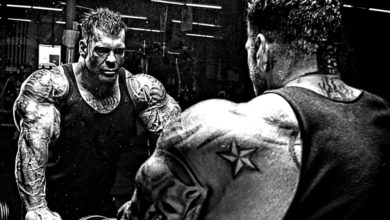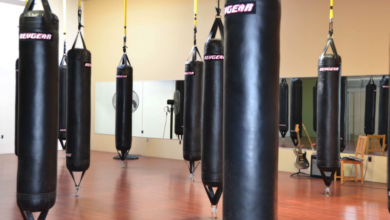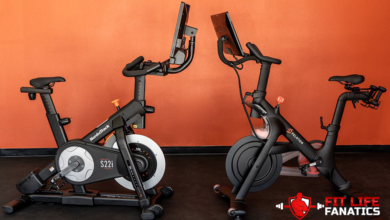Seated Calf Raise Exercise Guide – How to, Muscles Worked, Variations, Alternative Exercises
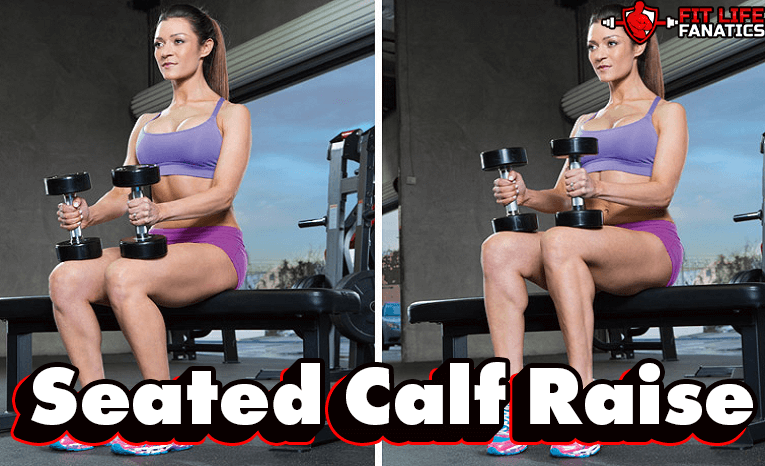
There’s a saying in bodybuilding that you are either born with great calves (same case with building blocks for 10 pack abs) or you are not. There’s no middle ground.
It couldn’t be truer.
The calves are one of the most difficult body parts to target, as Arnold Schwarzenegger discovered.
In his early days, Arnie’s calves were scrawny as compared to his upper leg muscles and massive upper body.
But before you point to the sky and blame genetics, there’s more to the story.
Arnie’s calves eventually became 21” thick tree trunks. The man became so obsessed with building them, that he would train them multiple times a week with a ton of weight and serious intensity.
What’s important is that he got there. (Ref 1)
If you read his old interviews, there’s one exercise that he mentions frequently, which helped him gain size and definition in his calves. It’s the seated calf raise.
Oh yes, we know what you are thinking. How can he endorse an isolation move when common bodybuilding knowledge suggests that compounds might be more effective and functional as compared to isolations?
The fact is that when it comes to the calves, the reverse might be true.
Here’s the lowdown on this amazing calf exercise.
What Is a Seated Calf Raise?
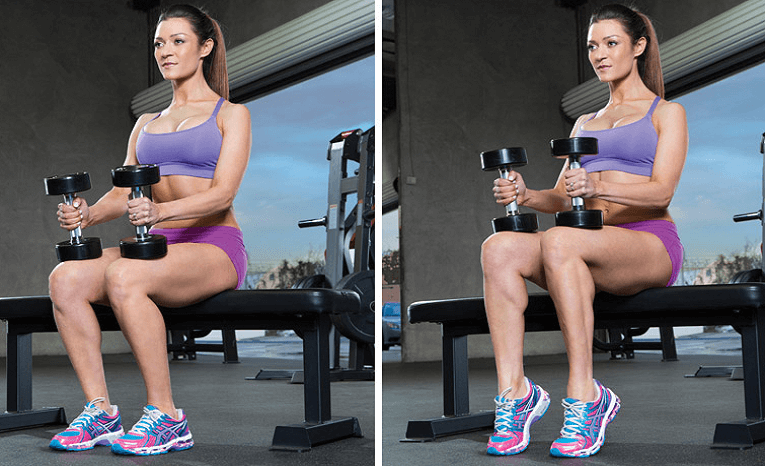
A seated calf raise is a variation of the standing calf raise; in which you are seated on a machine or a flat bench, bending your knees at 90-degrees. The weight is supported at the base of your quads and you lift the weight using your calf muscles.
It is a very effective isolation exercise that targets the three most important muscle groups in the calves, the gastrocnemius, the soleus and the tibialis anterior.
The Benefits that Seated Calf Raises Provide
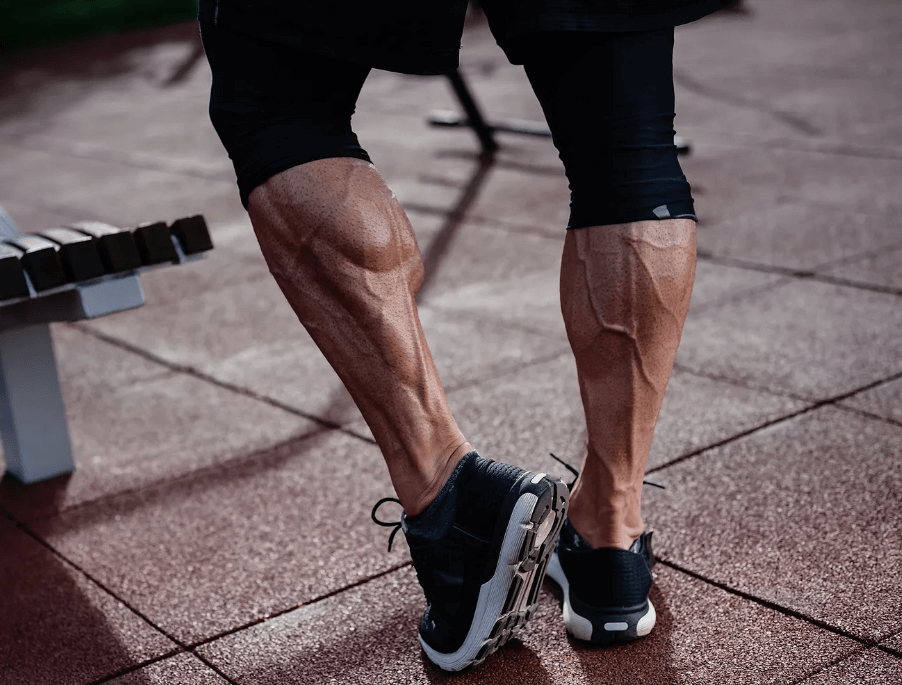
Often, we have seen the seated calf raise being performed as an accessory exercise at the far end of a workout.
But that’s a critical mistake, for this exercise provides a plethora of benefits, both aesthetic and functional, which call for prioritizing it over the heavier compound moves.
The one key differentiating factor that separates the seated version from the standing calf raise, is that it isolates the soleus, while the standing version recruits the gastrocnemius.
It Improves Your Squats

Doing the right number of squats helps tone your thighs and build lower body strength, but you will need the power to pull off an effective squat.
When you perform a deep squat, you go from full stretch to full contraction, requiring a strong soleus to help provide a full range of motion. If you are struggling to go really deep with your squats and have ruled out all other possibilities that might be limiting your ROM, the key might lie in isolating and strengthening the soleus muscle, and preforming deep squats is amazing for your glutes(butt); if you want to get jiggly butt, a bubble butt, or get rid of a mom butt.
It Improves Your Sprints and Jumps
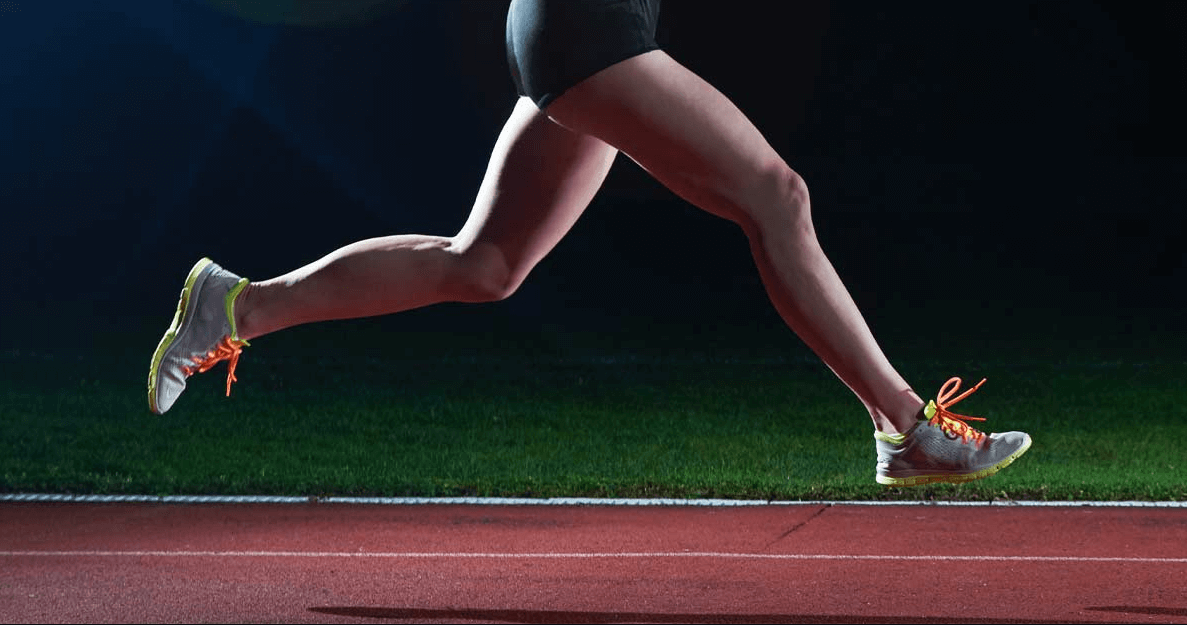
The seated calf raise will lengthen the soleus, which improves your ability to sprint, run, jump and change directions during any sport or athletic activity. Running also helps when building your butt, as wel as being an effective cardio for muscle building, which makes it a great addition to your routine besides squats if you want to work your butt.
It Prevents Injuries

The seated calf raise helps the soleus muscle posteriorly translate the tibia, which may also help reduce the risk of an ACL tear, especially in athletes with a dorsiflexion restriction. (Ref 2)
The Aesthetics

While the standing calf raise targets the gastrocnemius, the seated calf raise strengthens the soleus, which increases the width on the outer calf muscle, and thus buffing up the outer side of the legs. A well-developed soleus increases the overall size and drastically improves the appearance of the legs.
Variations of The Seated Calf Raise & How To Do Each Version
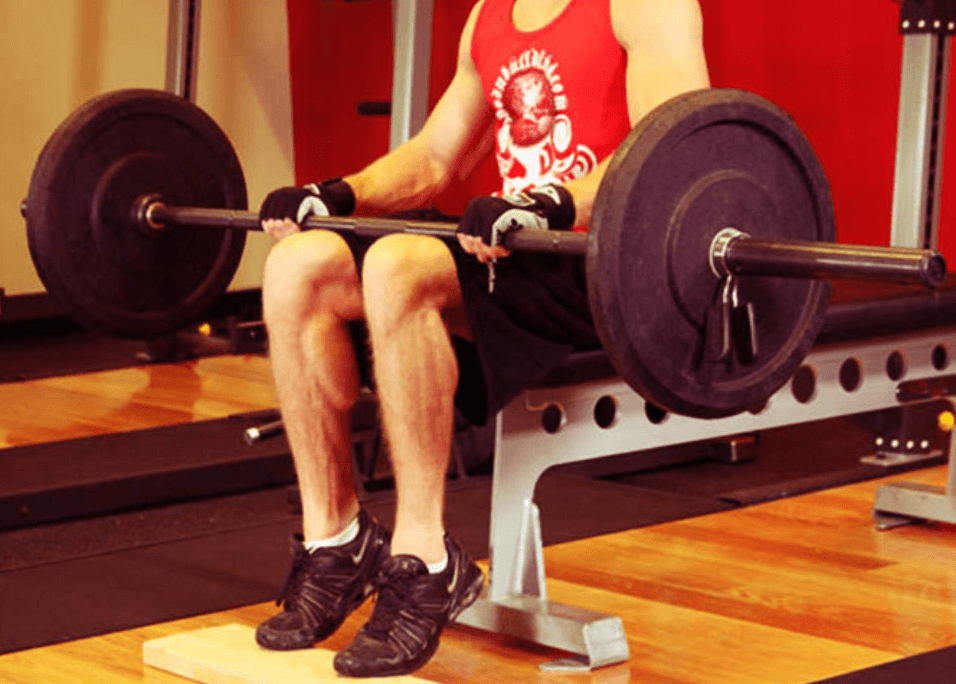
The best part about the seated calf raise is that you do not require any specialized equipment to perform the exercise. Combine it with other exercise options like wall angels, double crunches, or star planks and you get an almost full body workout routine.
A calf raise machine definitely makes the job easier. But even if you do not have access to it, there are ample variations that can be performed at home with more basic equipment like dumbbells, barbells and resistance bands, you do realize, resistance bands are actually great for growing your glutes too, so it's a win-win.
You can even use heavy household items such as books or jugs to achieve some moderate weight to work those lower leg muscles. These are great options for beginners and those resuming workout schedule. You don't wanna crank things up if you're new to training or had stopped working out for a year, for instance.
Start slow and build momentum as you go. With that said, let's look at the different variations.
Seated, Machine Calf Raises

This is the easiest way to perform the exercise.
It gives you a stable platform to sit on, thereby supporting your spine. Since the weights are perfectly aligned and balanced, you do not have to overcompensate for balancing them - which is crucial for any strength training workout.
If your gym has a seated calf machine, that’s what I would personally be using.
Step by Step instructions for Using the Calf Machine
- Take your seat on the machine, placing the balls of the feet on the footrest platform with your toes pointed forward. The heels should hang off the footrest naturally.
- Place the base of your quadriceps under the knee pad and adjust it, to evenly lift the weight off.
- Lift it up slowly, extending the ankles to release the safety lock, supporting the weight on your calves.
- Now slowly lower the heels gently stretching the calves and dorsiflexing the ankle.
- Lift the weight up by extending the ankle again. Exhale as you lift.
- Repeat the moves for the number of repetitions for your intended fitness goal.
Tips to Know Before Performing this Exercise
- Make slow and controlled reps. Do not use momentum and bounce the weight off the bottom of the rep. Pause for a count and stretch the contraction.
- No Need To Start With Full Range of Motion. You do not need to go really deep at the bottom, if you feel uncomfortable or any sort of discomfort or pain.
- Support the weight using the ball of the feet rather than using the toes.
Dumbbell Calf Raises (Without the Machine)
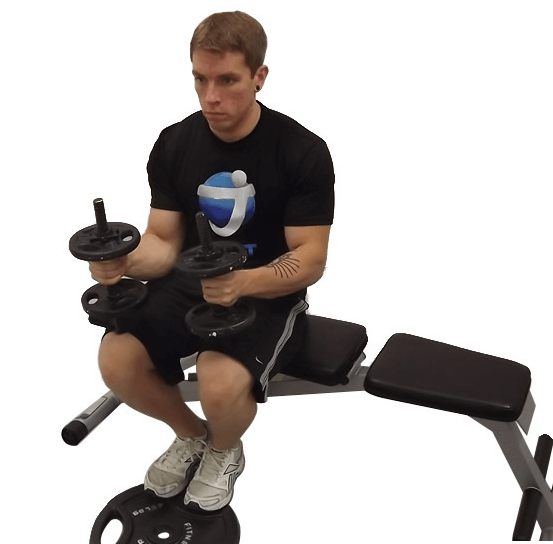
Many gyms do not have a seated calf machine, which is quite strange given the functional and aesthetic benefits that this exercise provides.
But, one reason why many gyms do not have this machine is because it’s very easy to perform this exercise even without it.
Here’s a variation of the exercise that you can do with a pair of dumbbells at home.
- Sit on a flat bench or a stool or a chair. Basically, any normal flat surface that can support your weight will do, you don't need anything fancy.
- Place a plate or a step in front of you. This will serve as the footrest platform. Place the balls of your feet on this allowing the heels to hang off naturally.
- Take two dumbbells and place each one on the base of the quadriceps on each leg.
- Slowly lower the heel towards the floor as much as you can, dorsiflexing the ankle.
- Now raise your heels until the weight is supported on your toes and the calves are fully stretched. Hold at this position for a count and lower again.
- Perform as many repetitions as necessary.
By the way, you can also perform this exercise with a barbell instead of a dumbbell. The caveat is that it’s a little tricky to balance the barbell, especially if you are lifting heavy.
It’s also a little difficult to lift if off after you are done, without the assistance of a spotter. The dumbbells on the other hand can be removed easily.
Tips to Perform the Exercise
- Do not touch your heels on the ground at any point during seated or standing calf raises. This will keep up the intensity and allow you to isolate the calves.
- Always make slow measured reps and pause at the top for a couple of counts.
Banded Calf Raises
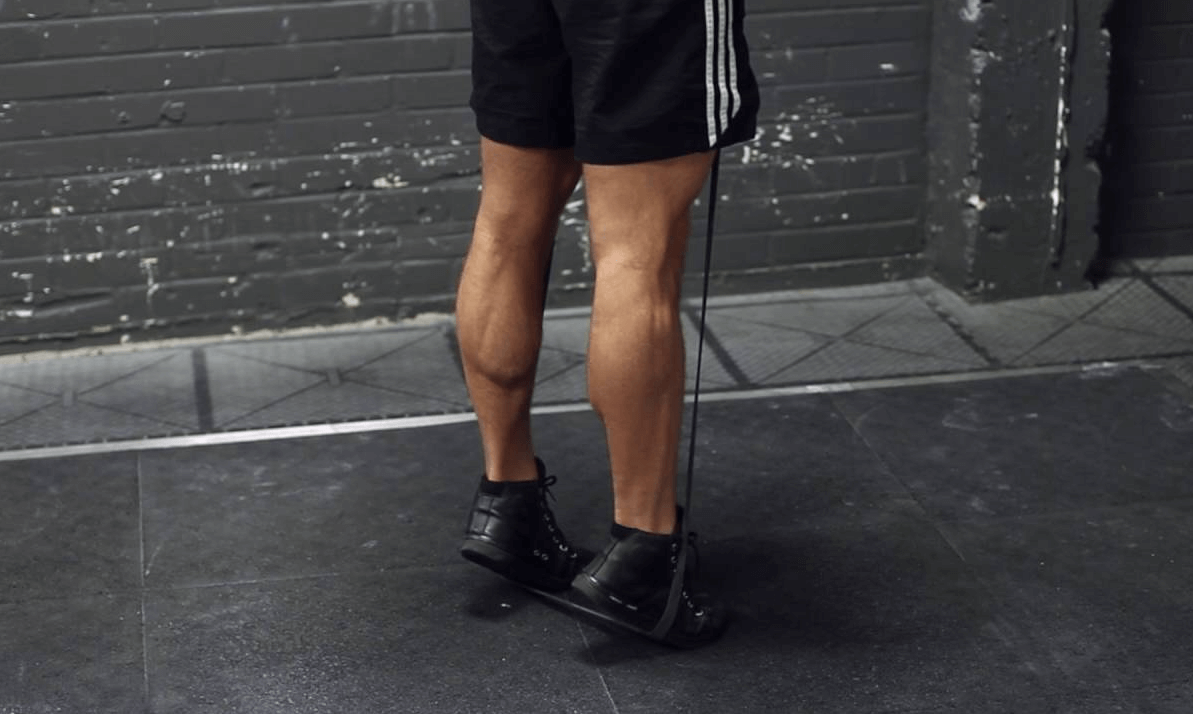
Resistance bands are a convenient way to exercise and you can use them to perform the seated calf raise at home, if you do not have access to weights or a machine. They are also great for working your thighs, and you can choose beginner ones or advanced ones with slightly more resistance.
There are many variations of this exercise, including ones that can be performed standing and lying down with your legs extended straight. The one that we have described below is the most basic one.
Sit on a flat bench or a stool with your spine in the neutral position. Place a step or a weight plate in front of you.
Place the resistance band on the step and loop it around each toe. You will be using your toes as the anchor for the bands.
Now pull the band upwards and wrap it around your quads. It should be tense now and offering resistance.
Now drop your heels to stretch the ankles and raise it to stretch the calves, exactly the way you perform it with dumbbells.
There’s a possible risk of the band slipping out from under the toe when its tensed and stretched. If you wish to avoid this, you can anchor the band with an anchoring system or loop it under the frame of the bench.
If you find the resistance insufficient or more than you can comfortably handle throuought the motion, just increase or reduce the size of the loop to either release or add more resistance.
Tips to Perform the Exercise
Always secure the loop before you begin performing the reps, irrespective of whether you plan to use your legs as an anchor or an anchoring system.
What Muscles Does the Seated/Standing Calf Raise Work?
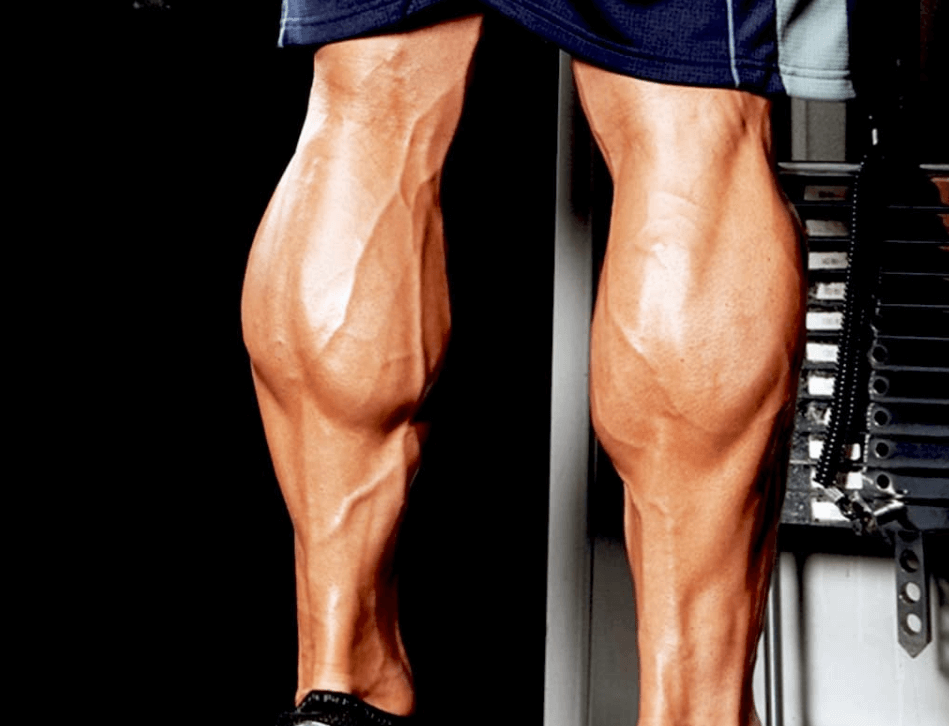
There are three primary muscles in your calves.
The Gastrocnemius
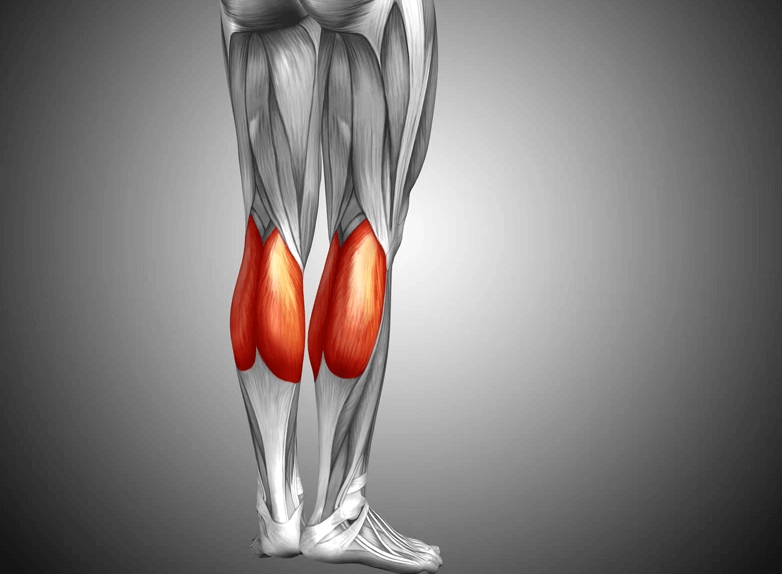
The Gastrocnemius is the most prominent muscle group that comprises of the medial head and the lateral head of the calf. In layman’s terms, it is the thick muscle that’s most visible when you raise your body on your toes, or contract the calf.
Think of it like the bulk of the calf. It works in synergy with the soleus to help you perform a plantar flexion. Other exercises that target this muscle area include, the smith machine squat and shrimp squats.
The Soleus
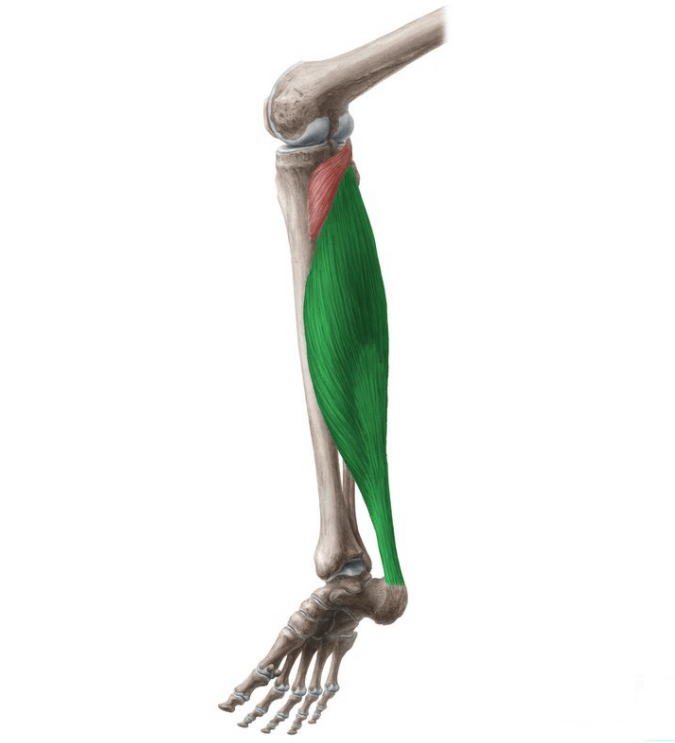
This is hands down, the most important of all calf muscles that’s tasked with the mammoth responsibility of assisting your body to stand up from a seated position. When you are in a seated position and resting your calves on the ground, the gastrocnemius is rendered inactive while the Soleus bears the weight of your body.
That’s just the tip of the iceberg though. The soleus plays many other functional and athletic roles which we will touch upon in a bit.
The Tibialis Anterior

The Tibialis Anterior is the muscle group that propels you forward as you run or walk up a slope. Athletes looking for a stronger lower body must focus on developing a strong and muscular tibialis anterior.
The seated calf raise works all these three muscle groups. But it’s most effective at isolating the soleus, which is one of the most important muscles from a functional and athletic perspective.
If you are looking to improve your athletic performance, prevent injuries and seek a well-rounded, defined look for your calves, developing the soleus is the key.
Seated Calf Raise Alternative Exercises
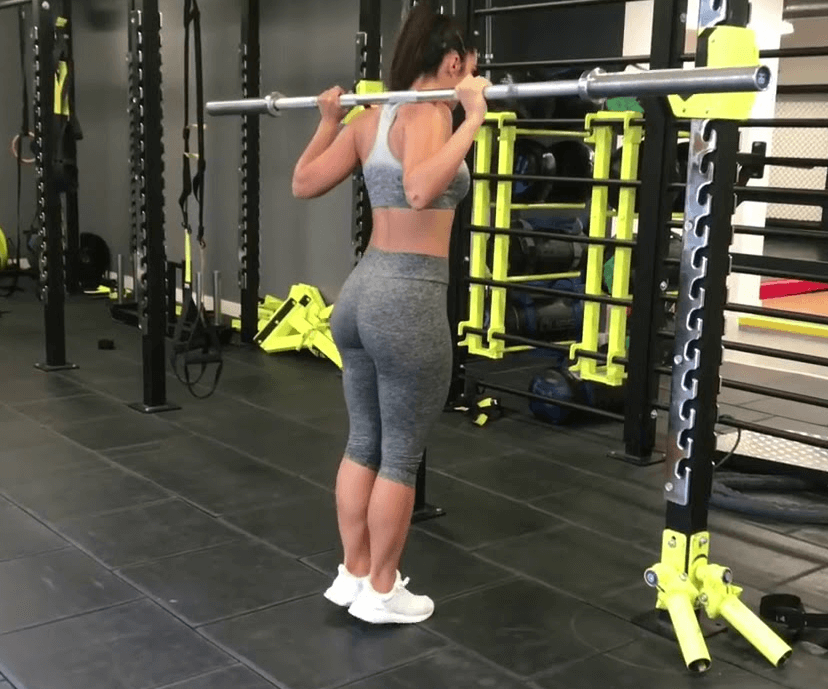
If your gym does not have a calf raise machine and/or you find the dumbbell calf raise too light to provide your calves with the burn, here are a few alternative exercises that provide your calves with an equally good workout.
Standing Calf Raises with Smith Machine

Your gym most certainly will have a smith machine. If it doesn’t, then you need a new gym. A smith machine is great you can perform smith machine deadlifts, smith machine squats, and standing calf raises with a smith machine.
The standing calf raise with a smith machine is a great alternative to a traditional standing and a seated calf raise with a machine.
Set the bar to shoulder height, just the way you would for a back squat. Rack sufficient weight.
Position a calf block or a step under the bar and step on it so that the balls of the feet are resting on it and the heels are hanging off them.
Grab the bar with a grip wider than your shoulders and lift it off the safety catch.
Now slowly drop the heels towards the floor as far as you can. That’s your starting position.
Raise it as much as you can to stretch the calves. Squeeze it for a count and lower again to the starting position.
Repeat until you complete the desired reps and sets.
Like in this video demonstration:
Farmer’s Walk
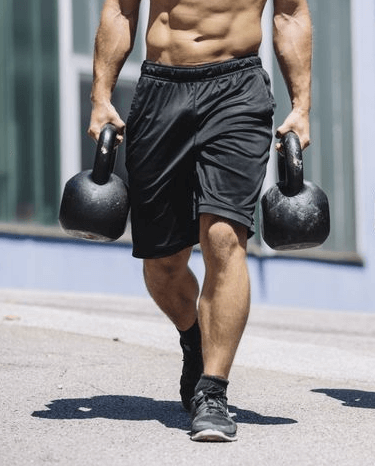
The Farmer’s walk is a killer compound move for a whole bunch of upper and lower body muscles. In its traditional version, it does not engage the calves as much as you’d like to though.
However, with a small modification, you can engage your calf muscles a lot more, giving you some serious burn by the end of a set.
- Grab a couple of heavy dumbbells or kettlebells, one in each hand.
- Keep the arms extended by your sides without shrugging or drooping the shoulders.
- The back must be maintained in the neutral position at all times and the core engaged.
- Raise your body on to your tiptoes and take controlled, measured steps forward.
- Walk on your toes avoiding touching the heels on the ground throughout the exercise.
- You can keep a soft bend in the knees throughout the move.
- Once you complete the desired time or distance, rest your heels on the ground, squat and rest the dumbbells gently on the floor.
Like in this video demonstration:
Stair Stepper
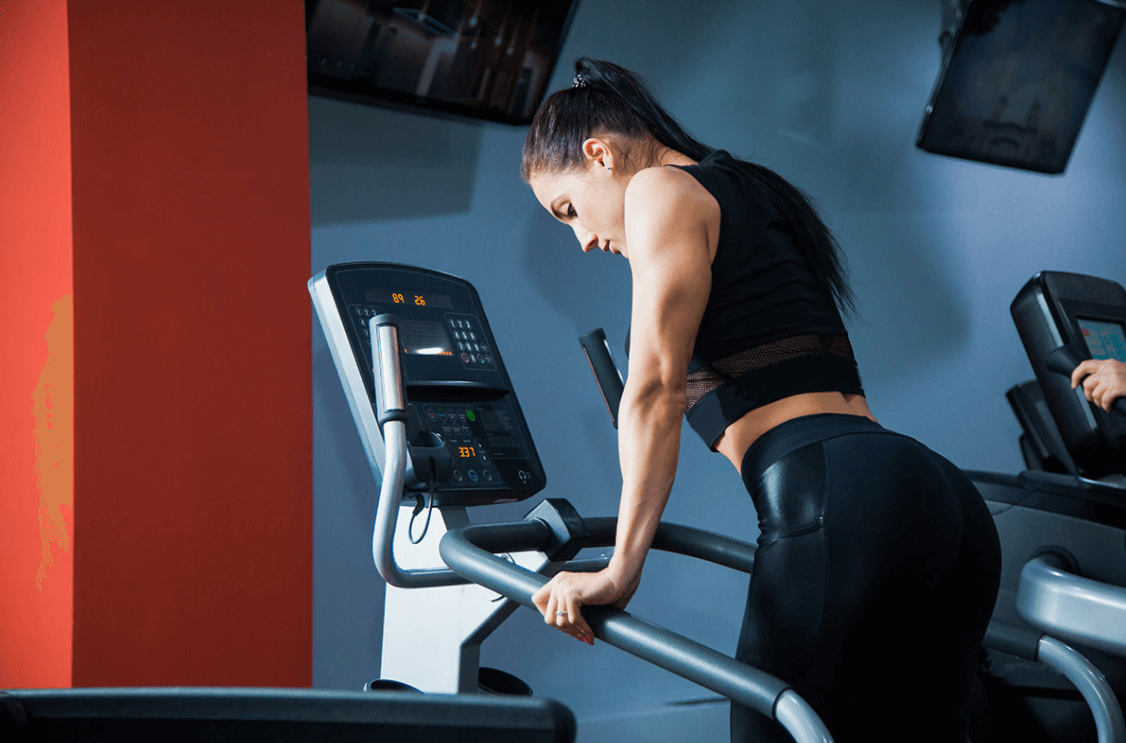
The Stair Stepper is a terribly underrated machine for calf development. I chance discovered it while training for a triathlon.
While I was focusing on the more conventional calf exercises, I noticed a massive difference to my calves once I started training on the stair stepper. Since then, it’s been a part of my overall calf routine.
Along with the hamstrings, the quadriceps and the glutes, it can engage all three muscles in your calves.
While it’s often dismissed as a cardio machine, the stair stepper is in fact a weight bearing exercise for your lower body. If you want to make it more challenging, you can always add some weights to it.
Just like the Farmer’s walk, you need to make a small modification to the move. Just step on it with your toes and the ball of the feet instead of the entire foot. Your calves will be burning in no time.
FAQ About Calf Raises
Believe it or not, a lot of athletes are skeptical about performing calf raises.
Here’s a list of common questions that we are asked a lot by beginners who are new to these exercises.
Q. Will Calf Raises Make My Calf Muscles Big and Bulky or Tone Them Up?
A. That depends on your fitness goals, the amount of weight that you are lifting, the number of reps and the number of sets. The rule of thumb, is that to gain size on your calves, you have to lift heavy and you have to train intensely to failure at least twice a week.
If you are looking to tone up your calves rather than gaining size, reduce the weight a tad and increase the rep range, this should make your claves smaller and more toned. Do not perform the exercise to failure. You can also limit it to once a week. If you're unsure how to go about it, you can join an exercise program or have an experienced personal trainer guide you.
Q. Are Calf Raises Good for Runners?
A. Absolutely. Calf raises help lengthen and strengthen the soleus and the gastrocnemius, both critical in helping improve performance and limiting injuries in long distance runners. It helps prevent ACL tears, helps with directional changes and improves reactions to ground forces.
Shin splints are a common complaint that runners have, especially if they include uphill running in their routines. Calf raises, along with resisted dorsiflexion and heel walking are extremely efficient exercises to prevent painful shin splints.
Q. Should I Go Heavy or Light? How Many Reps?
A. Conventional rep ranges may or may not work for you while training calves. A lot of bodybuilders like to go with slightly lighter weights and increase the rep range to 20-30. Not only does this provide you with a killer pump, it also helps you work the calves to failure and stimulates new muscle tissue growth. That said, you can always go the traditional way and stick to the 8-12 rep rule. In a nutshell, there will be a little bit of trial and error involved until you find your sweet spot.
Related Readings:
- Is It a Good Idea To Be Running After Leg Day?
- Best Sissy Squat Machines
- Seated Tricep Press: Complete Exercise Guide, Muscles Worked, & Alternative Exercises
- Underhand Front Raise – What It Is, How To Do It, Muscles Worked, And Alternatives Exercises
- Standing Oblique Crunches – How to, Benefits, Muscles worked, Alternative Exercises
- Stopped Working Out for 6 months - What Happens to Your Body During a Workout Break
References:
- https://www.muscleandfitness.com/flexonline/training/complete-arnold-calves/
- https://journals.sagepub.com/doi/10.1177/03635465030310021401
- https://www.ncbi.nlm.nih.gov/pmc/articles/PMC5583613/
- https://www.muscleandfitness.com/flexonline/training/arnold-schwarzeneggers-calf-building-routine/
Ben Mayz
Hi there! I'm Ben, main author and chief editor at Fitlifefanatics.com. I have been obsessed with Strength Training and Fitness for 18 years now.
My passion for living a happy fit lifestyle is what made me realize that fitness is what I wanted for my future.
I went on to earn my Masters in Sports Training & Biomechanics.
My passion for Strength training & fitness and my love of helping others is what made me start Fitlifefanatics.
Here, myself, and a team of specialist aim to provide the most accurate, and actionable information possible in hopes to help foster the fitness community forward.
You can learn more about Fitlifefanatics on our About Page
